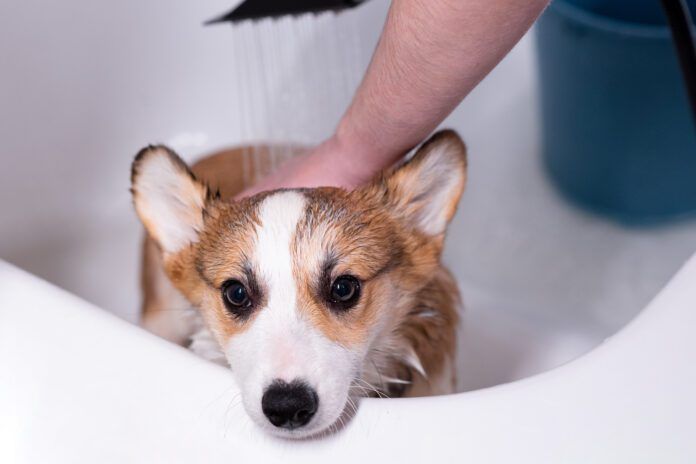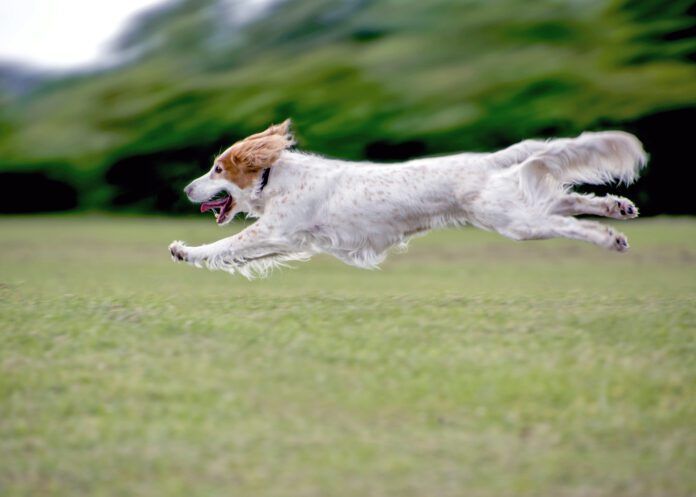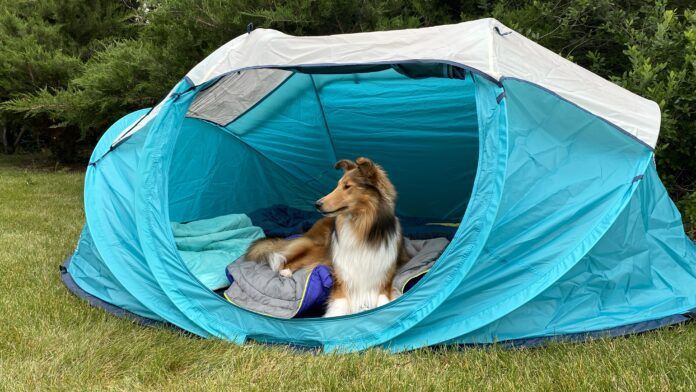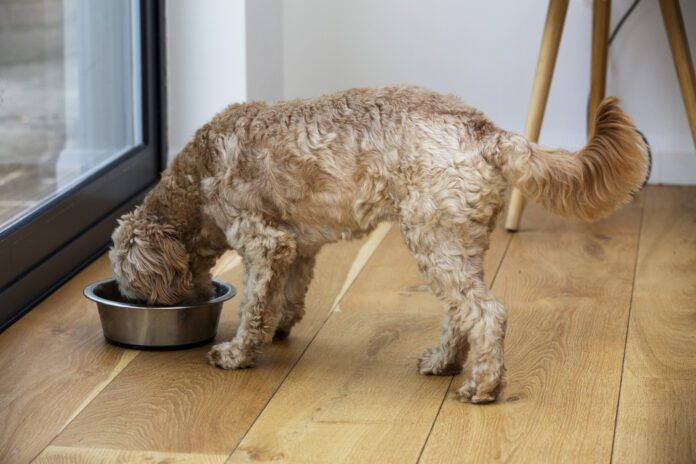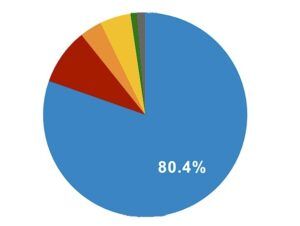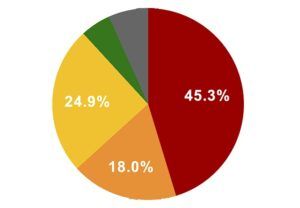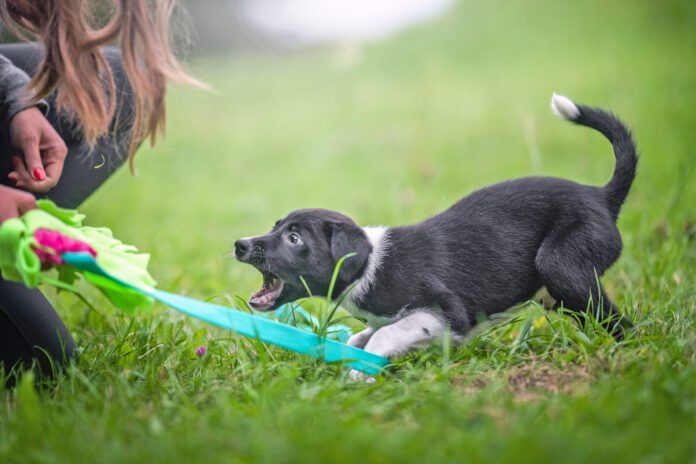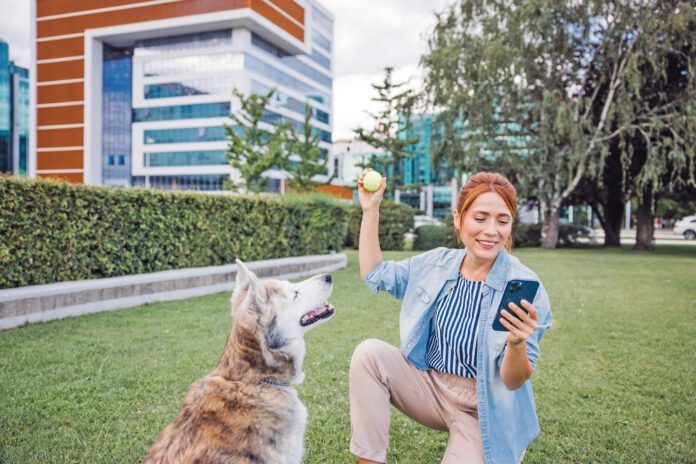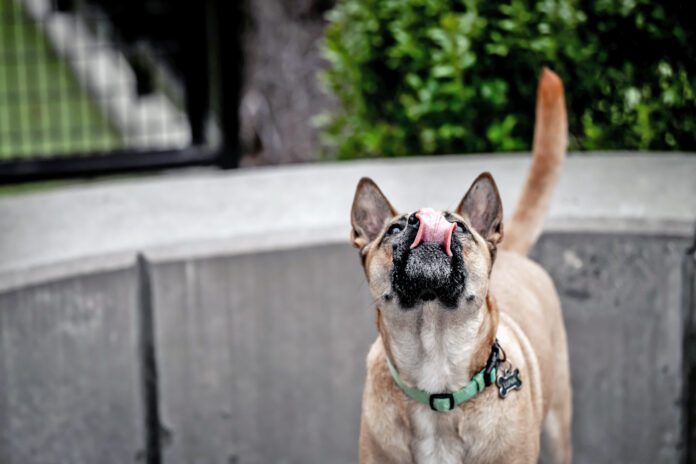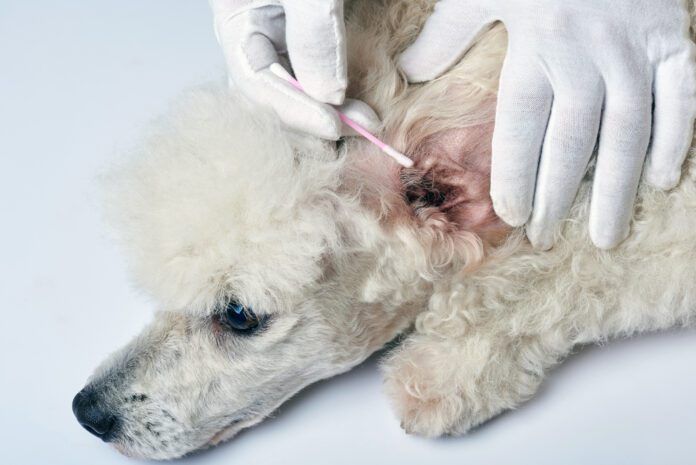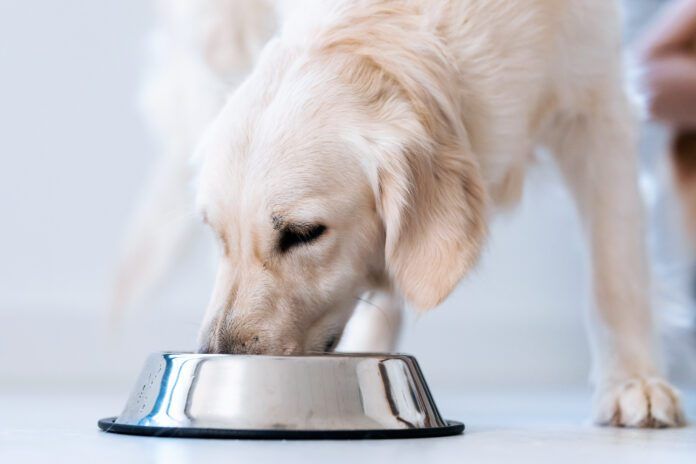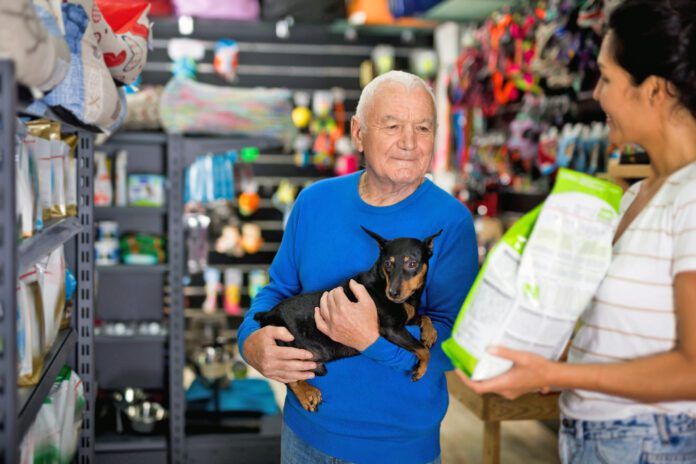High-fiber dog foods play an important role in maintaining digestive health, managing weight, and regulating blood sugar levels in dogs. Fiber provides bulk to the diet and supports gut health by aiding in bowel regularity and promoting growth of beneficial bacteria in the gut. While fiber may not be considered an essential nutrient in the same way that protein and fat are, its presence in a dog’s diet can make a significant difference in overall health and well-being.
Among the best choices for a high fiber dog food is Nutro, which makes over-the-counter high-fiber options with natural ingredients and no artificial additives. Wellness CORE and Natural Balance also offer fiber-rich dry and canned food options that include ingredients like pumpkin, peas, and oats to support digestion.
Types of Fiber in Dog Food
There are two main types of fiber, soluble and insoluble, and both serve different functions in the digestive system. Many high fiber dog foods contain a mix of both types of fiber to offer the most comprehensive digestive support.
- Soluble fiber dissolves in water to form a gel-like substance, which can slow digestion and help control blood glucose levels. Soluble fiber can be found in psyllium husk, flaxseeds, and chia seeds.
- Insoluble fiber adds bulk to the still and supports regular bowel movements by moving waste through the digestive tract. Insoluble fiber is present in many fruits and vegetables and bran products.
Should I Feed High Fiber Dog Food?
Dogs that suffer from issues such as constipation, diarrhea, anal gland problems, or obesity can often benefit from diets higher in fiber. Fiber can also help diabetic dogs by regulating glucose absorption and helps support immune function by maintaining a healthy population of beneficial microbes in the gut.
Natural High Fiber Foods for Dogs
Natural sources of fiber can be found in a variety of foods that may be added to their regular diet under veterinary guidance.
Pumpkin is perhaps the most widely recommended natural source of fiber for dogs. Canned pure pumpkin (not spiced/sweetened pumpkin pie filling) or dehydrated pumpkin powder are often used to alleviate both constipation and diarrhea due to its soluble fiber content and gentle impact on the stomach.
Sweet potatoes are an excellent source of fiber and provide beneficial vitamins and antioxidants.
Green beans, carrots, apples, and leafy greens like spinach or kale are rich in fiber and safe in moderation.
Brown rice and oats also contribute fiber to the diet while also providing energy in the form of complex carbohydrates.
Can I Feed My Dog Psyllium?
Some pet owners choose to supplement their dog’s diet with fiber additives such as psyllium husk or beet pulp. Psyllium, the active ingredient in many fiber supplements for humans, can be effective in small amounts for dogs experiencing irregular bowel movements. Beet pulp offers a blend of both soluble and insoluble fibers and supports stool quality while also providing some prebiotic fibers to feed beneficial gut bacteria.
Add Fiber Slowly
When introducing high fiber foods or supplements, it is important to do so gradually, as a sudden increase in fiber can lead to bloating, gas, constipation, or diarrhea as your dog’s system adjusts. Transitioning slowly over the course of a week or more allows the gut microbiome to adapt and reduces the risk of discomfort. Adequate water intake is also essential when increasing dietary fiber, as fiber absorbs water and can lead to constipation if a dog is not well-hydrated.
Incorporating fiber into your dog’s diet can offer a range of health benefits, from improved digestion to better weight management. As with any dietary change, it is important to consult with your veterinarian to determine the right amount and type of fiber to suit your individual dog’s needs.



